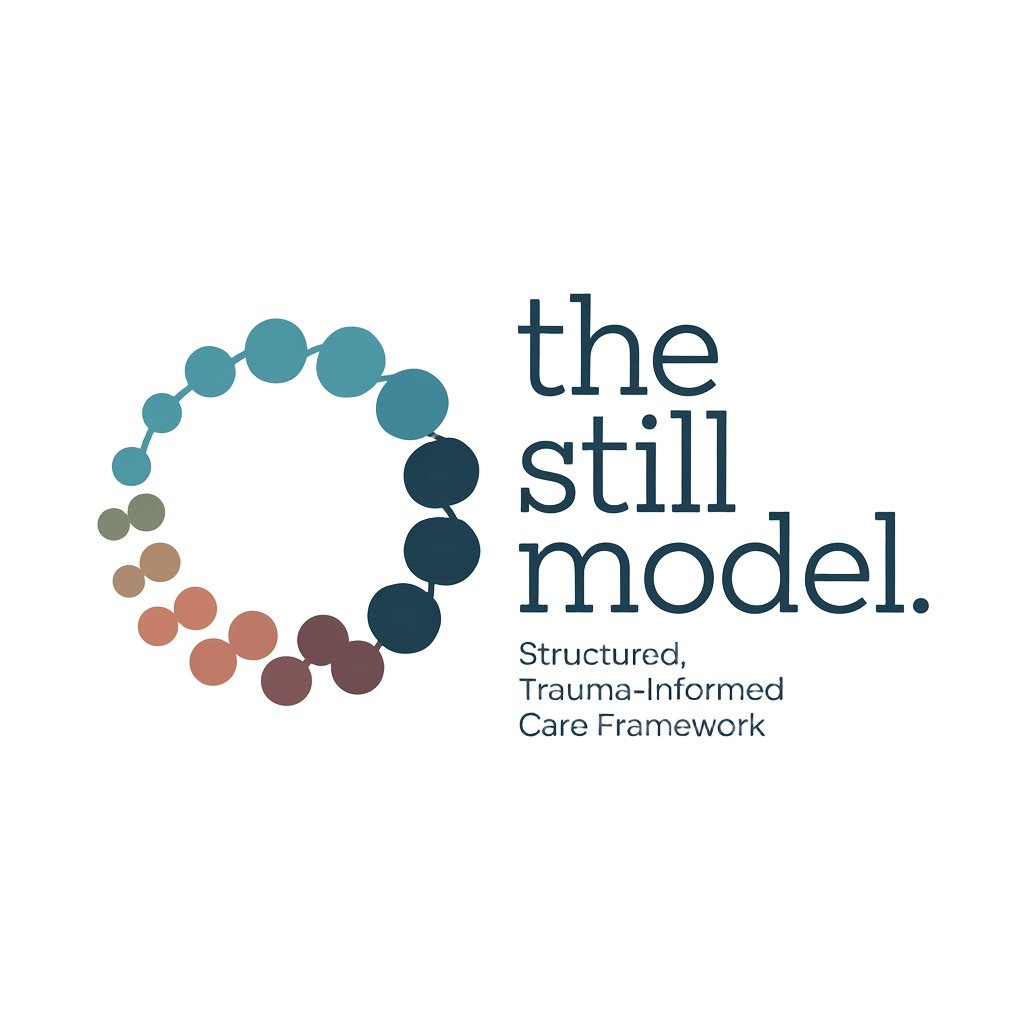The STILL Model
A Trauma & Anxiety-Focused Framework for Schools and the Care Sector
A Practical, Structured Model for Supporting Young People with Anxiety & Trauma
Creating Safer, More Stable Environments for Children and Young People
The STILL Model is a structured trauma and anxiety-informed model designed to equip schools, children's home staff, residential carers, and professionals in the wider care sector with clear, evidence-based strategies to help young people regulate emotions, reduce distress, and build long-term resilience.
This is not just another training on trauma awareness—STILL model gives professionals a structured way to intervene, de-escalate, and support emotional regulation, ensuring both staff and young people feel safe, cared for and empowered.
How STILL Supports Schools & The Care Sector
For Schools
Prevents Anxiety Escalation in Classrooms – Staff gain confidence in emotionally regulating students and reducing overwhelm before it turns into crisis.
Gives Teachers Practical, Trauma-Informed Tools – No more theory-heavy training that doesn’t translate to real situations.
Creates a Safe & Predictable Learning Environment – STILL helps embed emotional stability within the whole school culture.
Flexible Delivery – Staff training sessions, inset days, and online modules to suit school schedules.
For Children's Homes & The Care Sector
Reduces Placement Disruptions & Crisis Incidents – Staff develop structured techniques to manage anxiety-driven behaviours.
Immediate, Actionable Strategies – STILL gives carers the tools to regulate and co-regulate with young people in distress.
Accredited Certification – Homes and schools can become recognised as STILL-Informed Organisations, demonstrating excellence in trauma and anxiety-responsive care.
The STILL Model Training Pathway
Step 1: Leadership & Foundation Training
Who? School leadership teams, managers, team leaders, and decision-makers.
What? A foundational session to align STILL with policies and procedures.
Outcome: A strategic plan for implementation within the school or care setting.
Step 2: Core Training (All Staff)
Who? Teachers, residential carers, support staff, therapeutic teams.
What? A 2-day intensive training covering the five pillars of STILL:
STOP – De-escalation & emotional regulation
TALK – Trauma-informed communication
IMAGINE – Reframing and resilience building
LISTEN – Understanding what is being communicated beyond words
LEARN – Embedding sustainable regulation strategies
Outcome: Staff are equipped to reduce anxiety and trauma-related distress effectively.
Step 3: Advanced Training & Accreditation
Who? Senior staff, in-house trainers.
What? Train-the-Trainer programme and in-depth intervention techniques.
Outcome: The school or home becomes a Certified STILL-Informed Organisation.
Children and young people in schools and residential care have often experienced significant adversity, neglect, or trauma. The STILL Model ensures that every interaction with a young person actively supports emotional regulation and recovery, rather than reinforcing past patterns of instability.
By embedding the STILL Model, you are not just providing training—you are transforming the culture of care and education.
Next Steps: Bring STILL to Your Organisation
Book a Consultation – Let’s discuss your school's or home’s needs and how STILL can be implemented,




